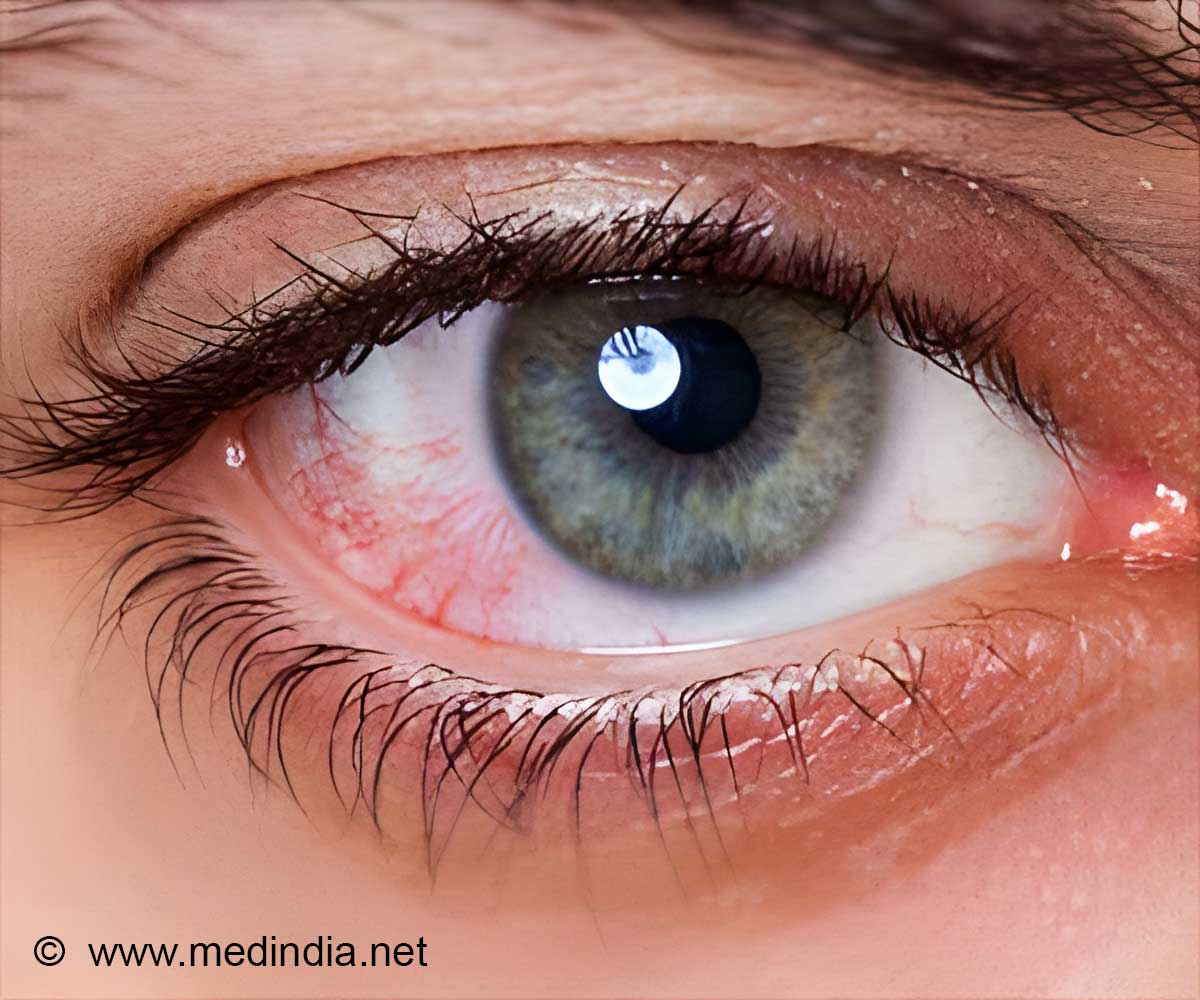
The study suggested that as the brain develops its preference for the dominant eye's input, it alters its connections to the weaker eye. Rokers said, "If you continually have that bullying happening, that changes the signals coming from the lazy eye."
Using a brain scanning method called diffusion-weighted imaging, the research team mapped the pathways known to carry visual information from the eyes to the brain. In people with amblyopia, the researchers observed water diffusing more easily down the brain's visual pathways. Rokers said, "What we think may be happening in amblyopia is that the conductive sheath around neurons becomes thinner. In order to conduct information from one location to another, neurons have a sheath of material called myelin around them to insulate and speed up processing. When the myelin is thinner, there is less of it in the way and the water diffuses more easily."
This understanding of the structural effects of amblyopia may improve treatments for amblyopia and similar vision disorders in which sufferers have trouble judging distance and location of objects in parts of their visual field.
The findings were published in Vision Research.
Source-IANS














